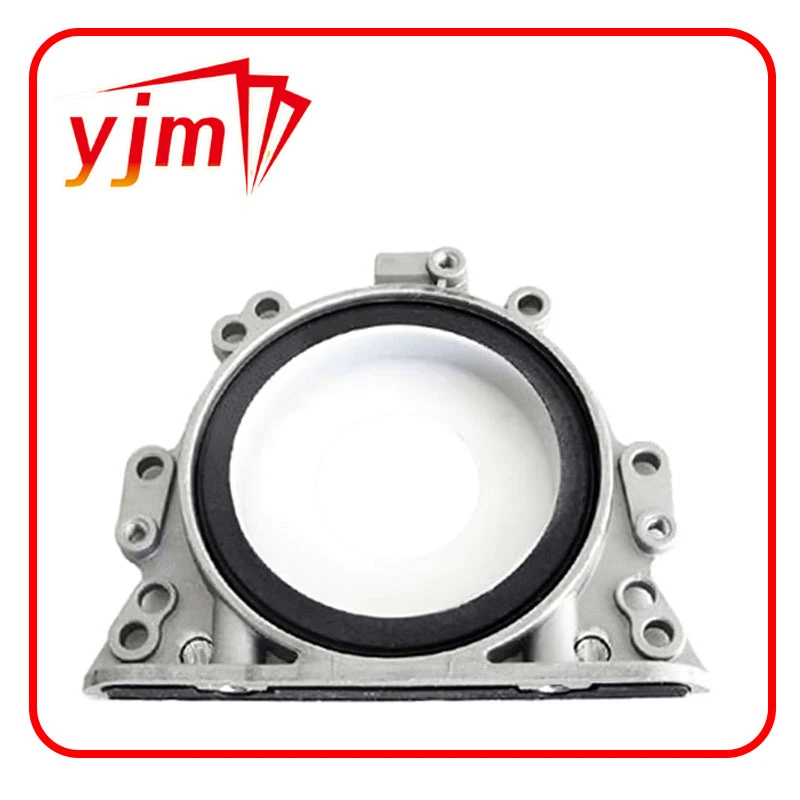gear box seals
Understanding Gearbox Seals Importance, Types, and Maintenance
Gearbox seals are critical components in mechanical systems, particularly in vehicles and industrial machines. They serve the essential function of preventing leakage of lubricants and protecting the gearbox from contaminants, thus ensuring optimal performance and longevity of the machinery. In this article, we'll explore the importance of gearbox seals, the various types available, and how proper maintenance can enhance their effectiveness.
Importance of Gearbox Seals
Gearboxes are subjected to rigorous operational conditions, including high pressure, temperature fluctuations, and exposure to dust and dirt. Lubricants used in gearboxes are crucial for reducing friction, cooling components, and, ultimately, ensuring smooth operation. Without efficient seals, these lubricants can escape, leading to a range of problems, including increased wear, overheating, and potential failure of the gearbox.
Seals also serve as a barrier against contaminants such as dirt, water, and debris, which can infiltrate the gearbox and cause severe damage. Protecting the internal components is vital not only for the gearbox's functionality but also for the overall safety and reliability of the machinery it serves.
Types of Gearbox Seals
There are various types of seals designed for different applications and operating conditions. Understanding these types can help in selecting the right seal for a specific gearbox.
1. Static Seals These seals are used in applications where there is no relative motion between the surfaces they separate. Common examples include O-rings and gaskets. Static seals are critical in preventing leaks at flanged joints and connections.
2. Dynamic Seals Unlike static seals, dynamic seals are designed for applications with relative motion. Radial lip seals and axial seals are examples of dynamic seals often used in gearboxes. These seals can withstand rotational and sliding movements while maintaining an effective barrier against lubricant leakage and contamination ingress.
3. Shaft Seals Shaft seals are specifically designed to seal around rotating shafts. They prevent oil and grease from leaking out and protect against dirt and moisture entering the gearbox. These seals are often made from materials like rubber or silicone and may vary in design depending on the specific application requirements.
gear box seals

4. Mechanical Seals Used in high-performance applications, mechanical seals provide a tighter seal than traditional seals. They consist of multiple components that create a strong barrier against leaks. These seals are prevalent in high-speed equipment and applications that require maximum reliability.
Maintenance of Gearbox Seals
Proper maintenance of gearbox seals is essential for ensuring their longevity and effectiveness. Here are a few tips to maintain gearbox seals
1. Regular Inspection Frequent inspections can help identify any signs of wear, tears, or deformation in seals. Early detection allows for timely replacement, minimizing the risk of leaks and gearbox damage.
2. Lubrication Ensure that the gearbox is properly lubricated according to the manufacturer's specifications. Insufficient lubrication can lead to increased friction, causing the seals to wear out more quickly.
3. Cleanliness Keep the area around the gearbox clean to prevent contaminants from entering through the seals. This is especially crucial in environments with a lot of dust, dirt, or moisture.
4. Proper Installation When installing or replacing seals, it's vital to follow the manufacturer's guidelines. Incorrect installation can lead to premature failure of the seal, resulting in leaks and potential damage to the gearbox.
5. Temperature Management Be aware of the operating temperature range for your gearbox seals. Excessive heat can degrade seal materials, leading to failure. If operating conditions exceed recommended levels, consider using higher-rated seals.
Conclusion
Gearbox seals play an indispensable role in the functionality and longevity of machinery. By preventing lubricant leaks and protecting against contaminants, they contribute significantly to the operational efficiency of gearboxes. Understanding the different types of seals and maintaining them properly can help ensure that your machinery operates smoothly and reliably, minimizing downtime and repair costs. Investing in quality seals and adhering to maintenance practices will pay off in the long run through enhanced performance and durability.
-
The Ultimate Guide to Boat Propeller Bearings and Trailer Wheel Bearings
News Jul.31,2025
-
The Essential Guide to Marine Bearings and Boat Trailer Wheel Bearings
News Jul.31,2025
-
The Complete Guide to Heavy Duty Seals: Protecting Doors and Spaces Efficiently
News Jul.31,2025
-
Essential Guide to Marine Shaft Bearings and Boat Trailer Axle Bearings
News Jul.31,2025
-
Comprehensive Guide to Marine and Trailer Bearings for Safe Boating and Transport
News Jul.31,2025
-
Comprehensive Guide to Automotive Oil Seals: Protecting Your Engine and Shafts
News Jul.31,2025
-
Understanding Automotive Oil Seals: Essential Components for Engine and Shaft Protection
News Jul.30,2025
Products categories















